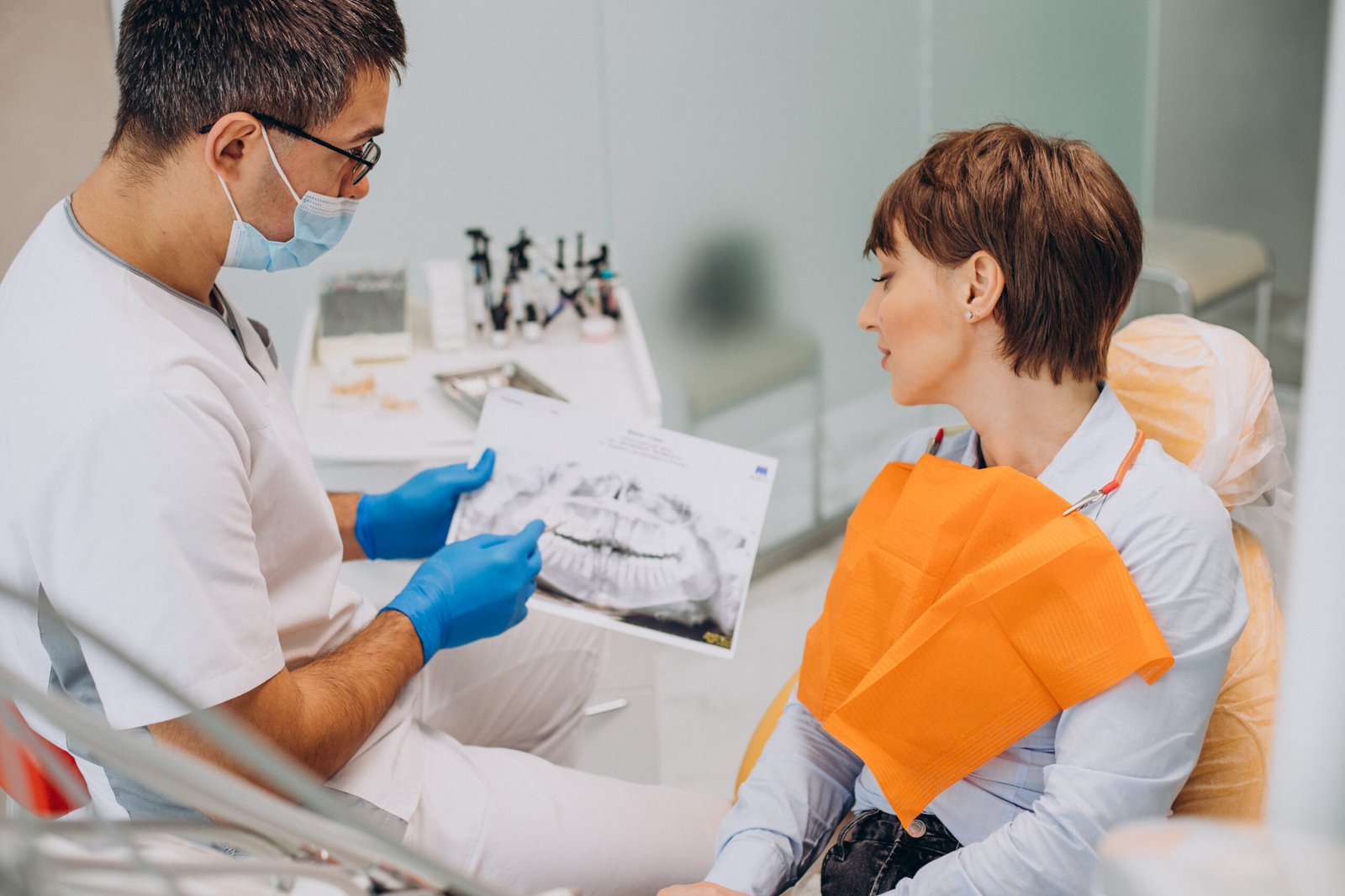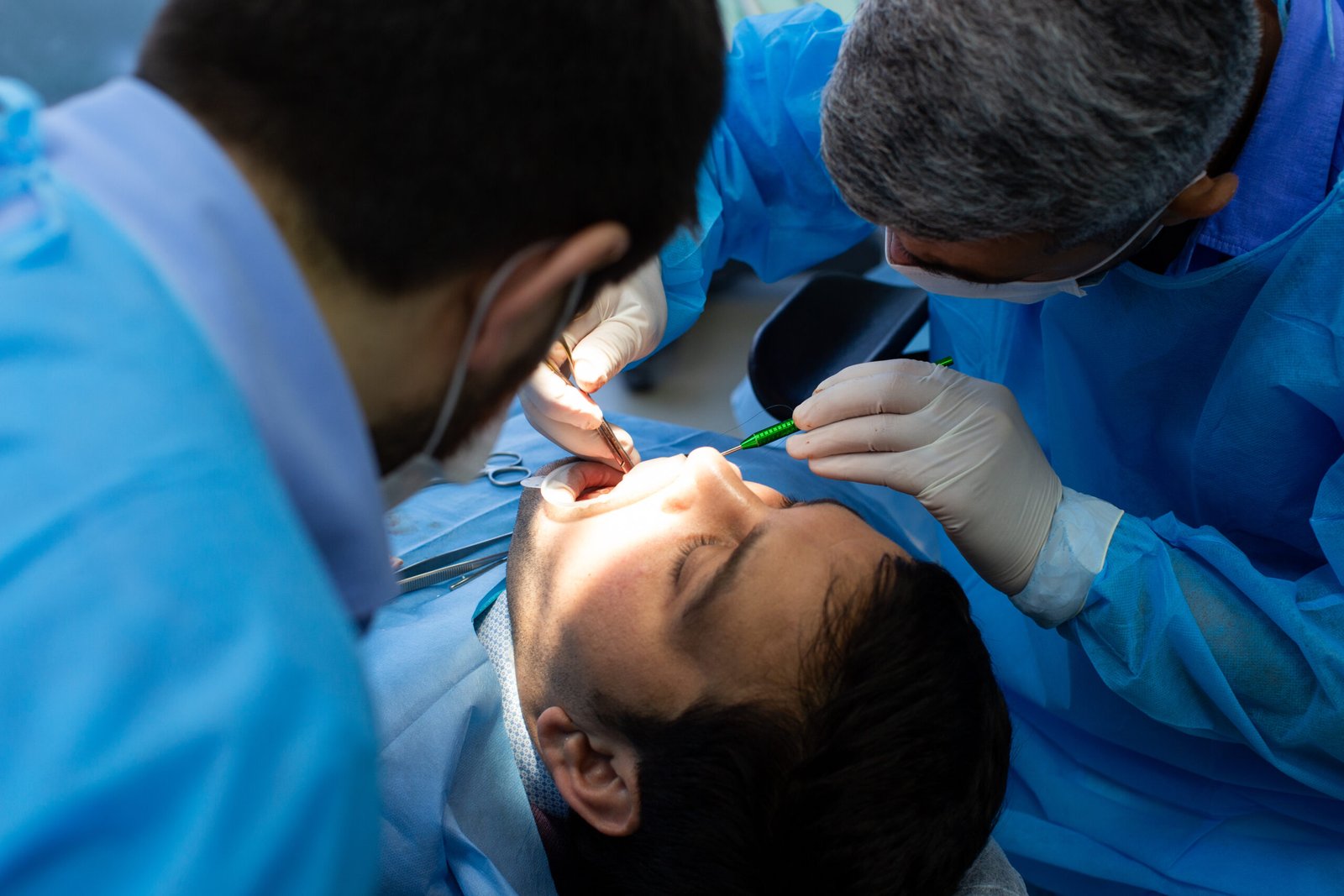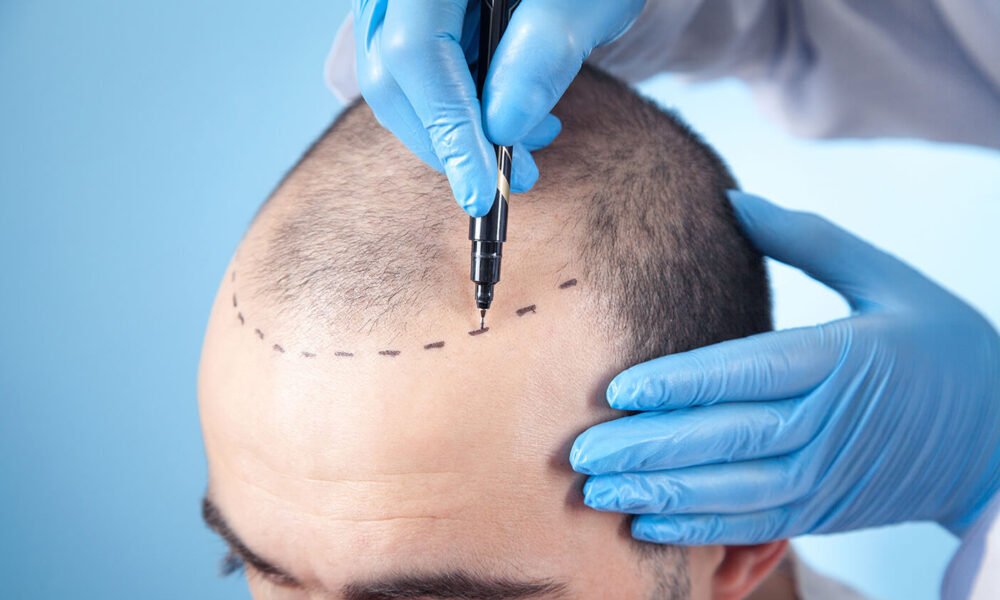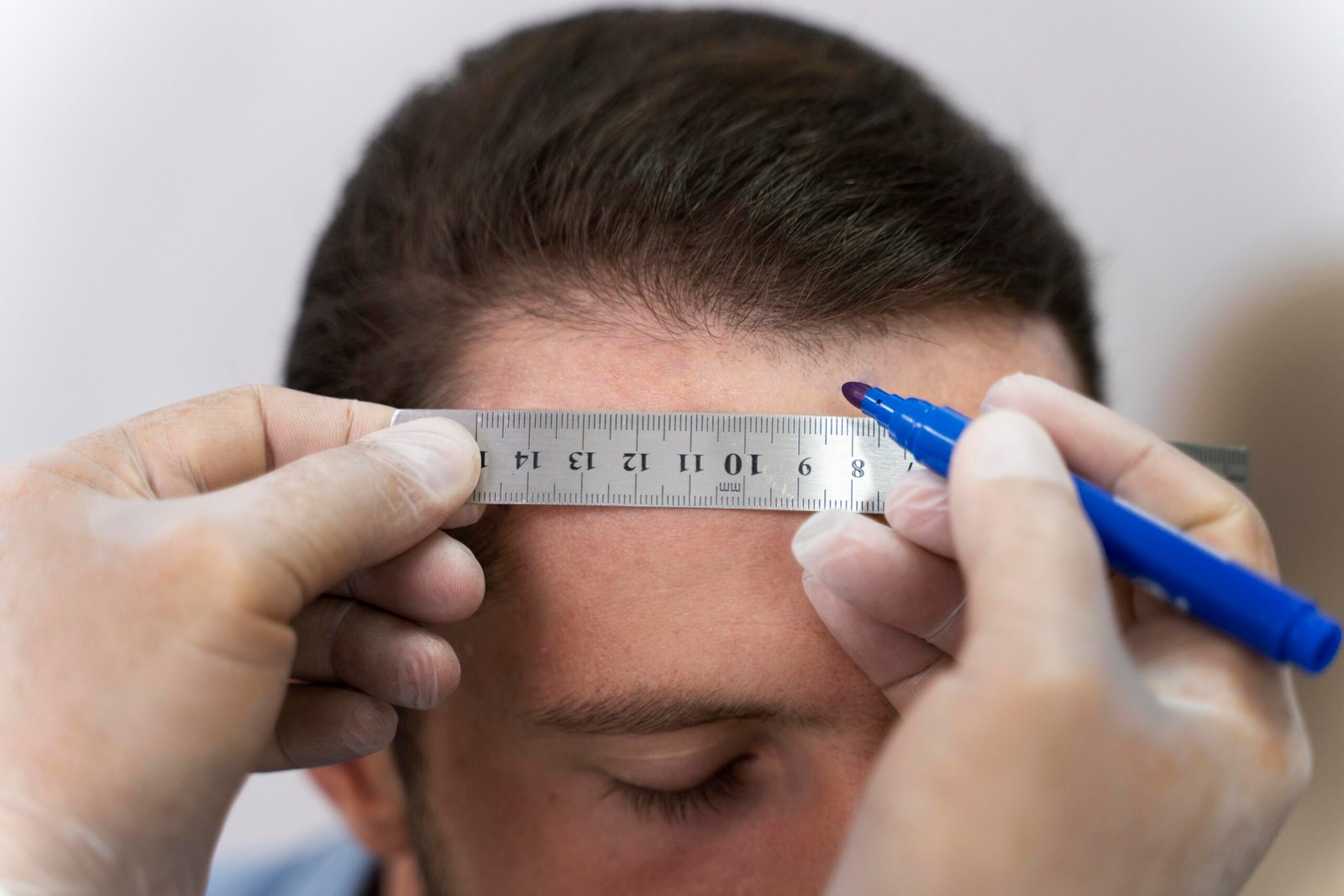Cosmetic surgery, often intertwined with the term “aesthetic surgery,” is a vast and dynamic field encompassing a diverse array of procedures, both surgical and non-surgical, aimed at enhancing a person’s appearance and fostering self-confidence. From addressing facial wrinkles and sagging skin to sculpting body contours and refining features, the spectrum of concerns tackled by these procedures is vast. But before embarking on this transformative journey, it’s crucial to delve into the intricacies of this domain.
A Glimpse into the Diverse Landscape: Cosmetic surgery can be broadly categorized into facial, body contouring, and non-surgical procedures. Facial procedures, like rhinoplasty (nose reshaping) and blepharoplasty (eyelid surgery), target specific facial features. Body contouring procedures, such as liposuction and abdominoplasty, address concerns related to body shape and proportions. Non-surgical options, including Botox injections and laser treatments, offer more subtle enhancements without incisions.
Cosmetic surgery has revolutionized the way we perceive beauty and self-expression in today’s world.
– Beyoncé
Weighing the Scales: Benefits and Risks:
While the potential benefits of cosmetic surgery, like boosting self-esteem and achieving a desired appearance, are undeniable, it’s vital to acknowledge the associated risks and potential complications. Openly discussing these risks with your chosen surgeon and thoroughly understanding the recovery process are essential steps in making informed decisions.
Finding the Right Fit: Choosing Your Surgeon:
Selecting a qualified and experienced cosmetic surgeon is paramount. Look for board certification in your region, specialization in your desired procedure, and a positive reputation built on ethical practices and patient satisfaction. Don’t hesitate to ask questions, schedule consultations, and compare your options to ensure you find the perfect fit for your needs.
Preparing for Your Transformation:
The pre-operative phase involves crucial steps like undergoing medical evaluations, discussing your medical history and expectations with the surgeon, and adhering to specific instructions, like dietary restrictions or cessation of certain medications. Following these guidelines meticulously paves the way for a smoother and safer procedure.


Navigating the Journey: Recovery and Beyond:
The post-operative period requires dedication to recovery and following your surgeon’s post-operative care plan. This may involve pain management, wound care, activity restrictions, and follow-up appointments. Remember, recovery is a journey, and patience is key.
Empowering Yourself with Knowledge:
Beyond this introductory guide, remember that empowering yourself with knowledge is crucial. Explore resources from professional organizations like the American Society of Plastic Surgeons (ASPS) or patient support groups to gain further insights and connect with others who have undergone similar experiences.





















































Name*
katana